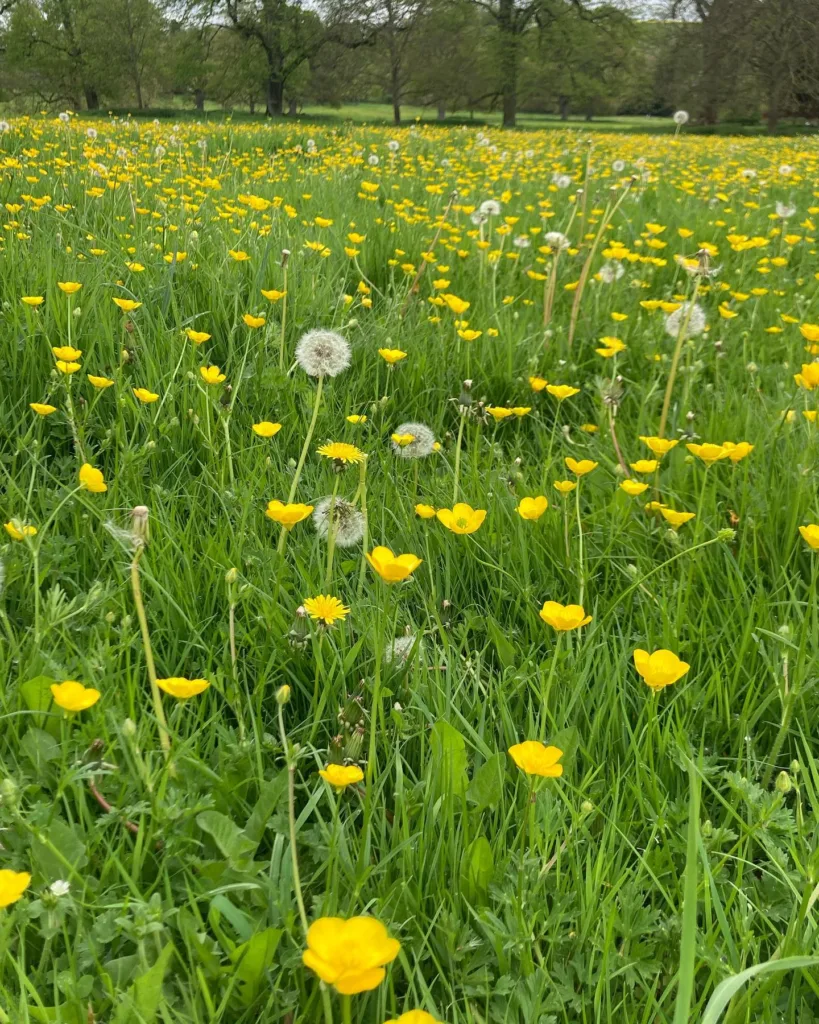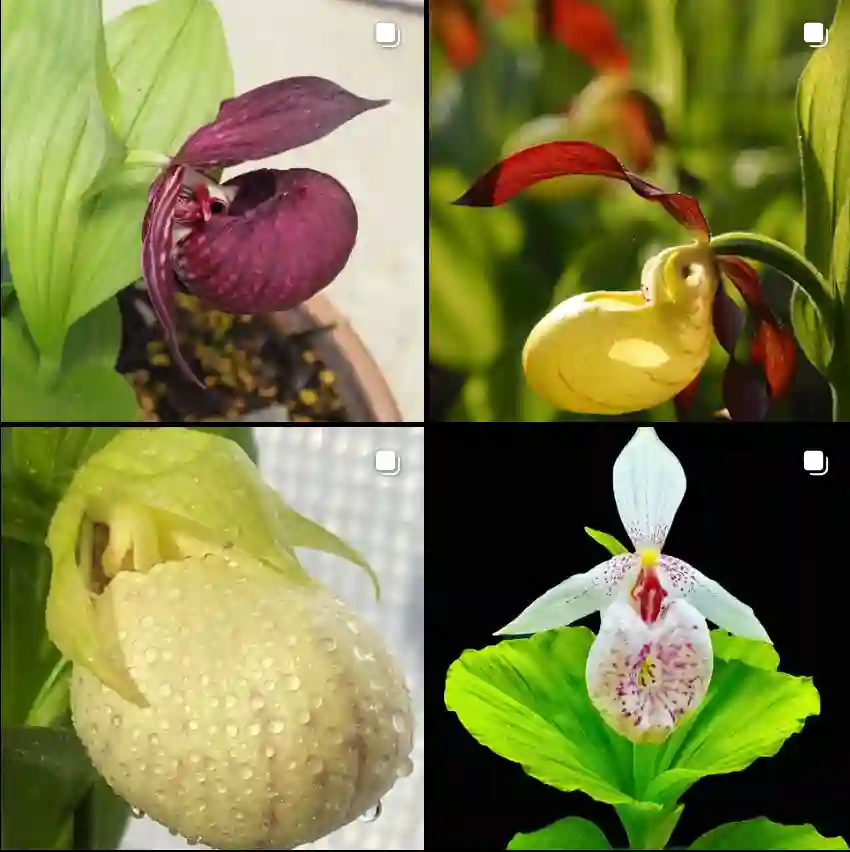
The Lost Franklinia: A Ghost of the Altamaha
My name is Ferb Vu, and I’m fascinated by the Franklinia, a genus belong to the Theaceae family with a story as captivating as its blossoms. This isn’t just another plant; it’s a botanical enigma, a whisper from the past that persists solely through human intervention. Imagine a tree, extinct in the wild, its lineage carried forward only by the hands of dedicated gardeners and botanists. That’s the Franklinia.
A Sole Survivor
The Franklinia genus is monotypic, meaning it contains only one species: Franklinia alatamaha. Known commonly as the Franklin tree, this deciduous beauty once flourished along the banks of the Altamaha River in Georgia. Sadly, it hasn’t been seen in its natural habitat since the early 1800s. The exact cause of its disappearance remains a mystery, with theories ranging from habitat destruction to disease.
What we do know is that the Franklin tree lives on thanks to the foresight of Philadelphia botanists John and William Bartram. They collected seeds in the late 1700s, successfully cultivating them in their garden. All Franklinia trees alive today are descendants of those original specimens, a testament to human dedication and the enduring power of nature.
Why Did the Franklinia Alatamaha Go Extinct?
Sadly, the Franklinia Alatamaha’s natural habitat proved to be its undoing. Restricted to a narrow stretch of the Altamaha River, it was vulnerable to environmental changes. Land clearing and habitat loss likely played a significant role in its decline. By the early 1800s, the Franklinia Alatamaha had vanished from the wild.
How to Care for Franklinia Alatamaha?
Despite its near extinction, thanks to Bartram’s foresight, the Franklinia Alatamaha survived in cultivation. Growing this unique tree requires some specific care. It thrives in moist, well-drained, acidic soil and prefers full sun to part shade. Regular watering, especially during its first few years, is crucial. While relatively pest and disease-resistant, Franklinia Alatamaha can be susceptible to fungal issues in poorly drained soil.
What to Plant With Franklinia Alatamaha?
The Franklinia Alatamaha’s fall foliage makes it a stunning specimen plant. However, it can also be a delightful addition to a mixed border. Consider pairing it with shade-loving perennials like ferns, hostas, and coralbells, which will provide a colorful contrast throughout the growing season.
Can You Grow Franklinia Alatamaha Indoors?
While technically possible, growing Franklinia Alatamaha indoors is challenging. It requires a large pot, consistent moisture, and bright, indirect light. However, replicating its seasonal changes and providing adequate light can be difficult indoors. For most gardeners, enjoying the Franklinia Alatamaha outdoors is the better option.
Where to Buy Franklinia Alatamaha?
Finding Franklinia Alatamaha for sale might require some effort. Look for reputable online nurseries specializing in rare plants or visit botanical gardens with established collections. Patience might be needed, but the reward of owning this piece of botanical history is well worth the wait.
A Symbol of Hope
The Franklinia’s story is a poignant reminder of the fragility of nature and the importance of conservation. It’s a call to action, urging us to protect the biodiversity of our planet. Yet, it’s also a story of hope. The fact that this tree survives at all, against all odds, is a testament to the resilience of life and the power of human intervention.
The Franklinia, a ghost of the Altamaha, continues to haunt our gardens with its beauty and its story. It’s a symbol of loss, but also of resilience, a reminder that even in the face of extinction, life finds a way.
If i die, water my plants!



